Fall Prevention Month: 7 Ways to Keep Your Physical Therapy Patients Protected from Falls
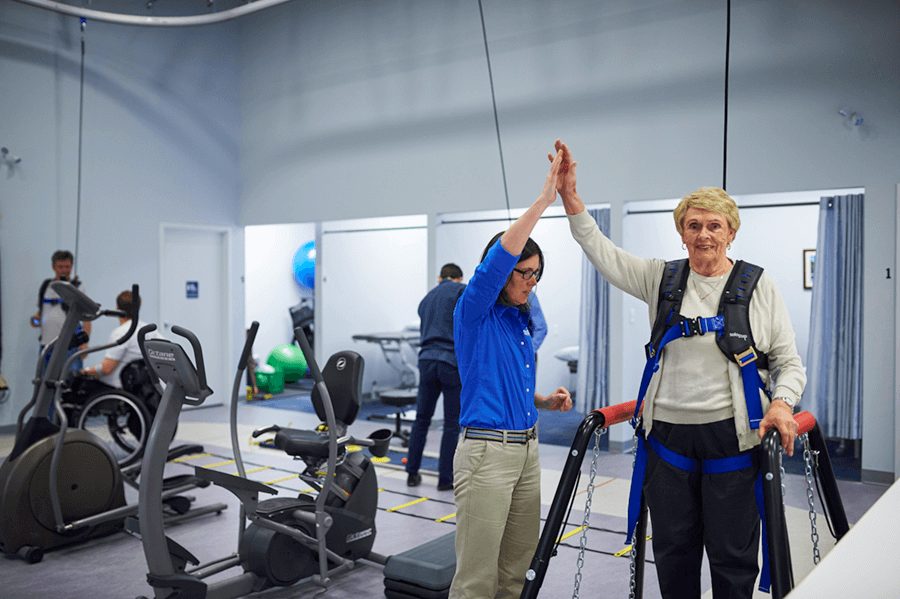
As we welcome Fall Prevention Awareness Month, it’s essential to highlight the importance of preventing falls, especially among physical therapy patients. Falls can have devastating consequences, leading to injuries and a decline in overall health. According to the CDC, more than one third of adults 65 and older fall each year in the United States, and 20% to 30% of people who fall suffer moderate to serious injuries. Physical therapists play a crucial role in helping patients maintain their mobility and balance, reducing the risk of falls. In this blog, we’ll discuss seven effective ways to keep your physical therapy patients protected from falls.
Conduct Comprehensive Assessments

The first step in fall prevention is conducting a comprehensive assessment of your patients. Evaluate their:
- Medical history
- Current health conditions
- Medications
- Cases of previous falls
Assess their balance, gait, strength, and flexibility to identify areas of concern. This information will guide your treatment plan and allow you to address specific risk factors.
Create Individualized Exercise Programs
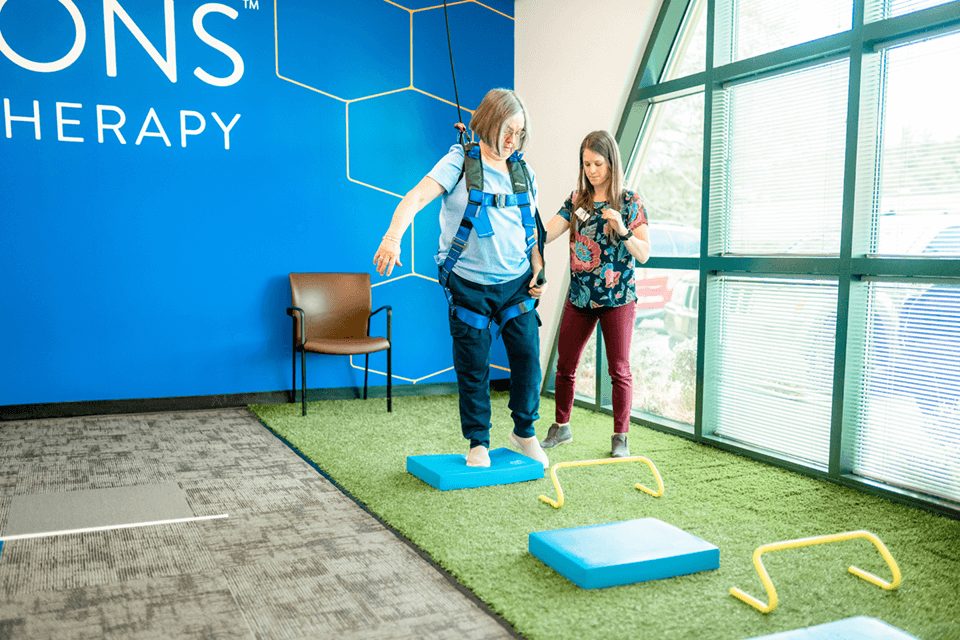
Design tailored exercise programs that target the unique needs of each patient. Strengthening exercises can improve muscle tone and balance, reducing the risk of falls. Focus on exercises that target the core, lower extremities, and proprioception (the sense of body position) to enhance stability. Encourage consistency in these exercises to see the best results.
Educate Your Patients About Fall Risks
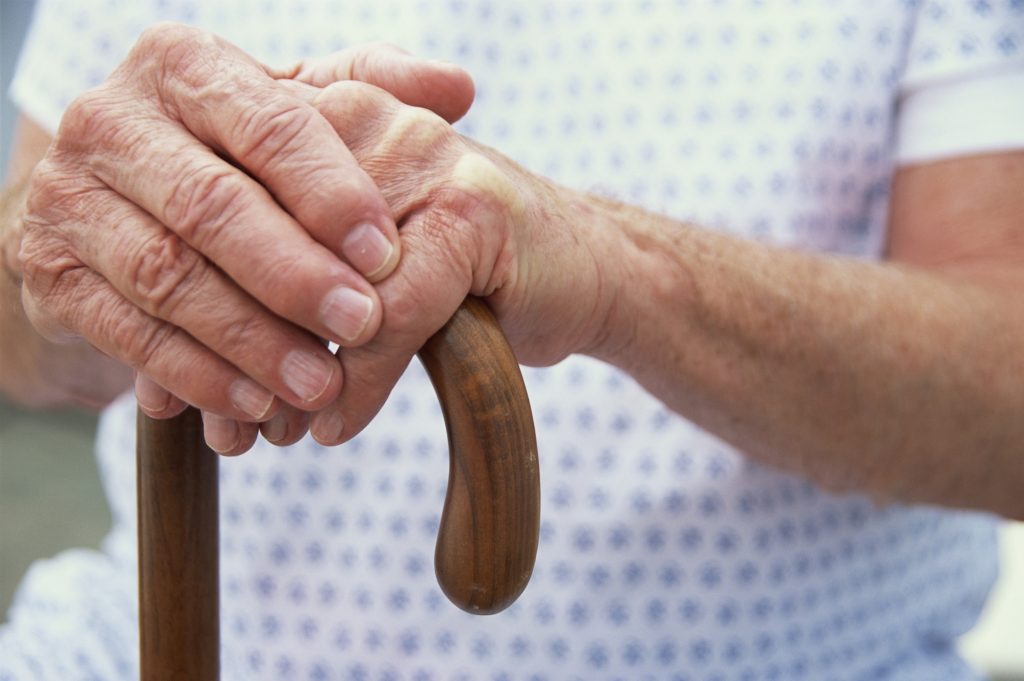
Empower your patients with knowledge about fall prevention. Teach them how to identify environmental hazards at home, such as loose rugs or poor lighting, and how to address these issues. Offer guidance on proper footwear, emphasizing the importance of non-slip soles and a proper fit. Educate them about the potential side effects of medications that can affect balance and coordination.
Utilize Assistive Devices
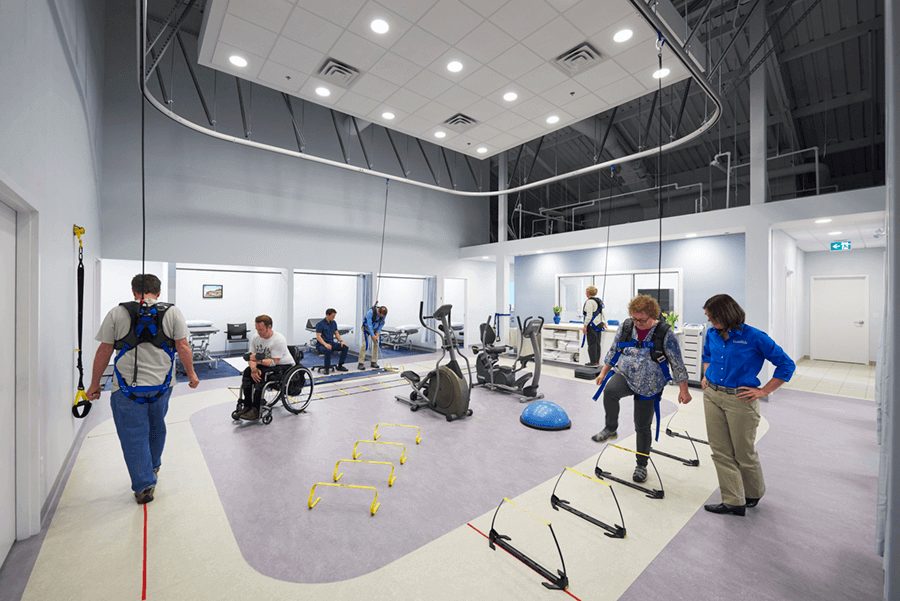
Assistive devices can significantly enhance mobility and reduce the risk of falls during physical therapy. Ensure that your patients are using their assistive devices correctly and that they are appropriately fitted. Provide guidance on when and how to use these tools to maintain independence and safety. Some effective assistive devices include:
- Canes
- Walkers
- Orthotics
- Overhead Track Systems
The Solo-Step Overhead Track & Harness System is a safe and effective assistive device used during physical therapy training. The Solo-Step consists of an aluminum overhead track system that connects to your ceiling’s upper structure. A harness and lanyard connect to the aluminum track to provide protection from falls during physical therapy and balance training. The Solo-Step Overhead Track System provides many benefits, including:
- Reducing the fear of falling
- Increasing patient confidence
- Creates a safe environment for balance, strength, and gait training
- Allows patients to challenge themselves with advanced therapies
- 100% safety from any fall related injury
For more information about the Solo-Step Overhead Track System, click here!
Incorporate Balance Training into Patient Workouts
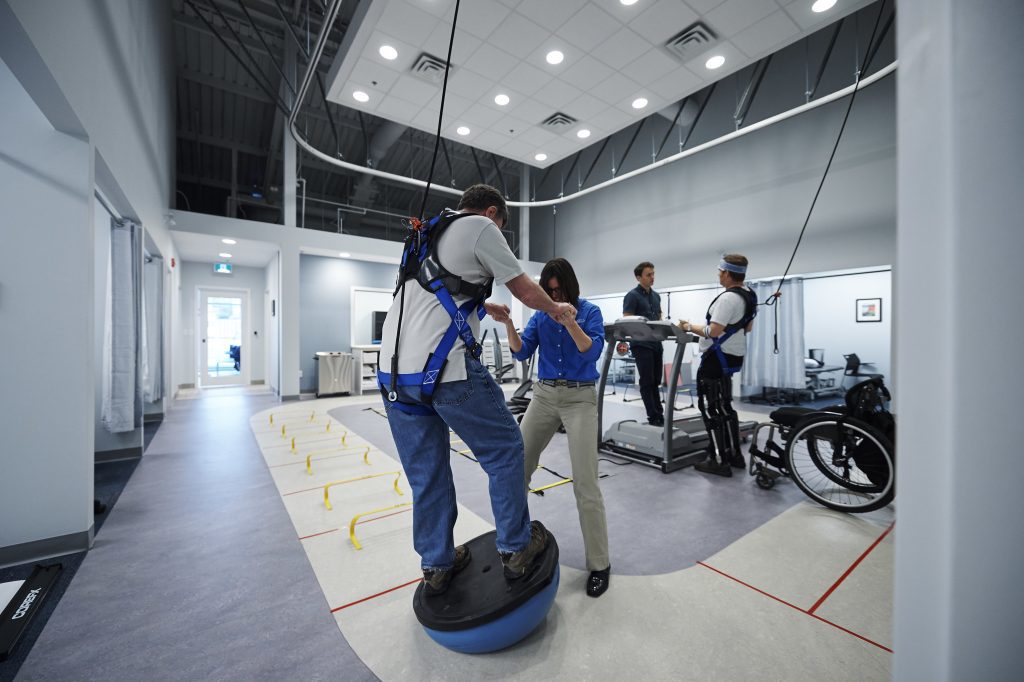
Balance training is a valuable component of physical therapy because it addresses various aspects of a patient’s physical well-being. It helps prevent falls, rehabilitate injuries, improve muscle strength, and provide numerous other physical and psychological benefits. Incorporating balance training into a patient’s rehabilitation plan can contribute to their overall health and well being. Balance training can help:
- Prevent falls
- Rehab after injury
- Strengthen muscles
- Improve functional mobility
- Enhance sports performance
- Manage pain
- Improve posture
- And more
Review Medications

Work closely with your patients’ healthcare providers to review their medications. Some medications may cause:
- Dizziness
- Drowsiness
- Low-blood pressure
- Other side effects that increase the risk of falls
Collaborate with physicians to adjust dosages or switch to alternative medications with fewer side effects.
Recommend Home Modifications

Recommend home modifications to create a safer environment for your patients. Suggest simple changes such as:
- Adding handrails in hallways and/or bathrooms
- Securing loose carpets
- Improving lighting in dimly lit rooms
- Cleaning up cluttered hallways and living areas
Fall prevention is a critical aspect of caring for physical therapy patients, and it requires a holistic approach. By conducting thorough assessments, designing individualized exercise programs, educating patients, promoting the use of assistive devices, incorporating balance training, reviewing medications, and suggesting home modifications, physical therapists can play a pivotal role in reducing the risk of falls among their patients. During Fall Prevention Month and throughout the year, let’s continue to prioritize the safety and well-being of those under our care. Together, we can make a significant difference in preventing falls and helping patients lead healthier, more independent lives.
For more information about the Solo-Step Overhead Track & Harness System, click the button below!